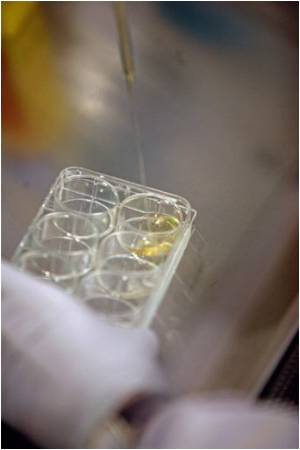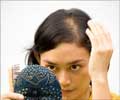
Assuming their recipe can be further perfected to reliably generate hair cells in the millions, it opens the door to detailed molecular studies on the cells and new insight into the molecular basis for hearing, according to the researchers.
Stefan Heller of Stanford University School of Medicine said that is especially significant, because the "inner ear shelters the last of our senses for which the molecular basis is unknown."
Such understanding could also set researchers on a path to discovering new ways to prevent or correct hearing loss by encouraging hair cells' regeneration.
After all, the researchers say, our inability to regenerate lost hair cells is the major reason for the permanence of hearing loss as well as certain balance disorders.
Scientists have been left in the dark on the molecular basis for hearing in large part because hair cells are relatively scarce by comparison to other sensory cells, explained Heller.
Advertisement
Heller's team long ago realized that one solution to this problem was to use stem cells as a source for generating new hair cells, and now they've got the recipe.
Advertisement
The study was published in the latest issue of the journal Cell, a Cell Press publication.
Source-ANI
THK













